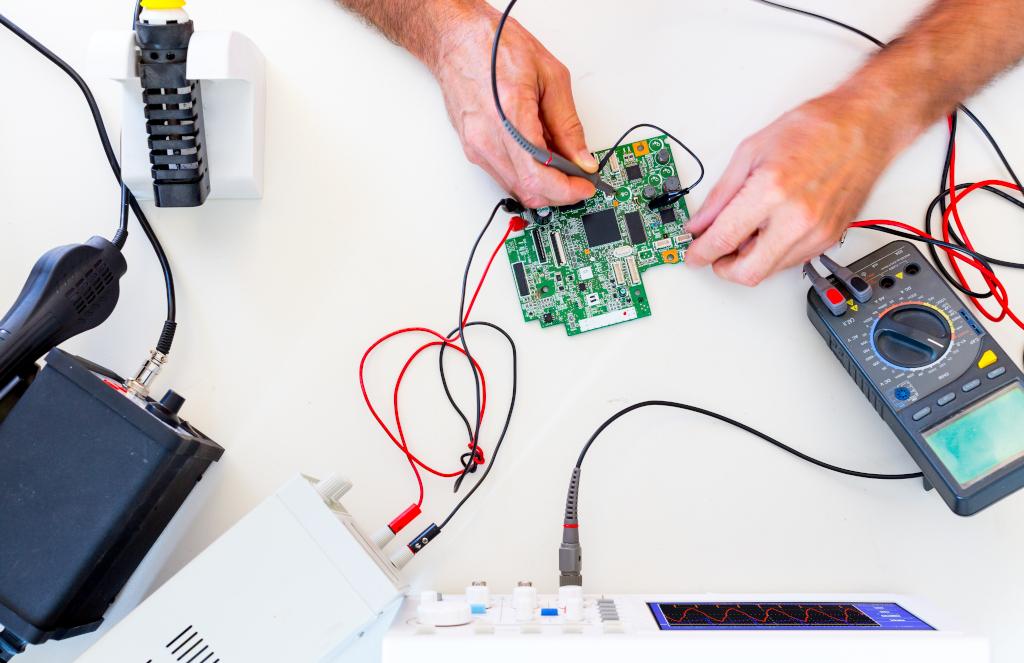Microelectromechanical Systems: Tiny Devices with Massive Potential

Accelerometers and Motion Sensing
One of the most ubiquitous MEMS devices today is the accelerometer. Three-axis accelerometers are found in almost every smartphone to enable basic motion sensing capabilities and handle device orientation. Advanced accelerometers are driving richer motion-based interfaces and experiences, such as gesture recognition and motion gaming. MEMS accelerometers are also used more broadly in countless industrial and consumer products for vibration monitoring, shock detection, tilt compensation and more. Their low cost and size allows motion sensing capabilities to be integrated almost anywhere. MEMS gyroscopes have followed a similar path, enabling more accurate motion tracking over time for features like vibration cancellation and stability.
Pressure Sensing Applications
Microelectromechanical Systems (MEMS) pressure sensors can detect tiny variations in atmospheric, water or mechanical pressures. They play an important monitoring role in industries like automotive, medical, process control and consumer electronics. In cars, they are used for monitoring tire pressure, engine performance and even deploying airbags based on impact. Medically, pressure sensors allow non-invasive monitoring of blood pressure and respiration. Home appliances integrate them for water flow and temperature controls. Their small size permits integration into advanced smart home devices for finer environmental controls. Looking ahead, MEMS pressure sensors will continue enhancing safety, efficiency and automation across many more industrial and consumer sectors.
Microphones and Audio Capture
Audio capture is another domain transformed by MEMS microphones. They are now found in the majority of consumer audio devices like mobile phones, tablets, laptops and smart speakers to record voice and detect speech. This enables intelligent voice assistants, phone calls over internet and high quality audio recordings in mobile devices. Their small size has allowed multiple microphones to be included in devices for beamforming and higher fidelity audio. Auto industry has also adopted MEMS microphones for advanced noise cancellation and hands-free calling. Due to low manufacturing costs, MEMS microphones continue bringing high quality audio capabilities even to basic consumer products.
Digital Light Processing Using MEMS Mirrors
An interesting MEMS application area is digital light processing using tiny mirrors. Projectors and head-up displays in cars integrate arrays of MEMS mirrors which can rapidly oscillate to reflect light in different directions. This allows high resolution video projection and augmented reality overlays. Texas Instruments' DLP technology is based on thousands of microscopic mirrors on a single chip. Such projectors are finding roles in educational and business presentations, home theaters as well as in computer-assisted surgeries. Auto makers also test head-up displays enhanced by MEMS mirrors to show important metrics directly onto windshield for convenience and safety. As costs reduce further, immersive applications of digital light using smart MEMS mirrors will grow.
Get more insights on Microelectromechanical Systems (MEMS)
- Art
- Causes
- Crafts
- Dance
- Drinks
- Film
- Fitness
- Food
- Jogos
- Gardening
- Health
- Início
- Literature
- Music
- Networking
- Outro
- Party
- Religion
- Shopping
- Sports
- Theater
- Wellness
- IT, Cloud, Software and Technology


